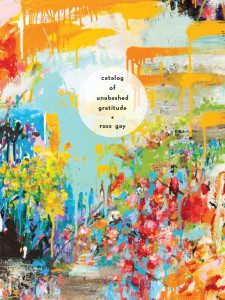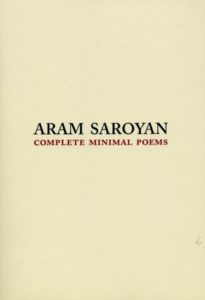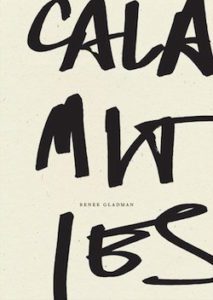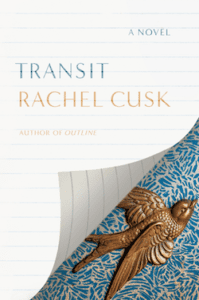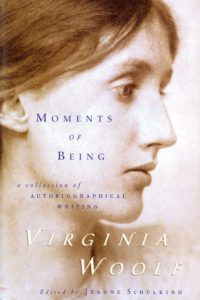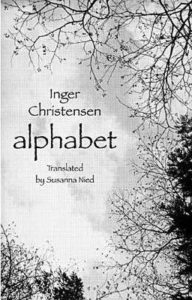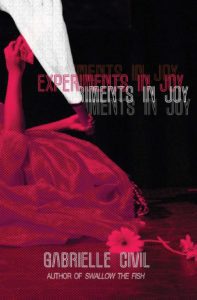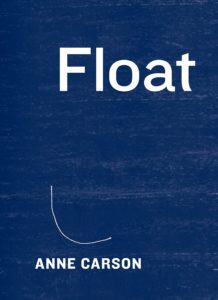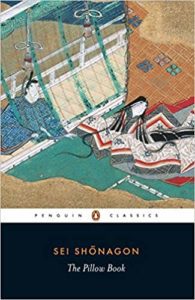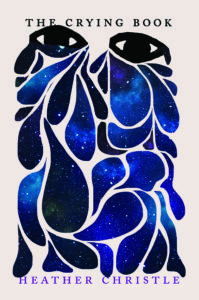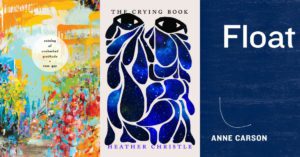
One of my least favorite features of depression is the way it blocks access to my sense of pleasure and connection in reading. Occasionally, though, some sliver of excitement slips through the vast wall of despair and offers me a sign that this particular depressive episode may be nearing its end.
Below are books I’ve read in those transitional moments, ones that I hope you too might find rising up like welcome islands after too much time adrift at sea.
***
Catalog of Unabashed Gratitude by Ross Gay
Not one to turn away from tears—this collection even includes a poem called “Weeping”—Ross Gay also celebrates this world’s various lush harvests, its gardeners, its ants. When you have long been away from joy, it can help to read this book and remember its shape, its rhythm.
Complete Minimal Poems by Aram Saroyan
My just-released nonfiction debut, The Crying Book, ends with a story about teaching this collection’s most famous poem, “lighght,” and it remains talismanic for me, but the entire book is full of casual delights, small puffs of instantly apprehensible humor and play with written language and all its strange bumps.
Calamities by Renee Gladman
A cruelty of depression is the way it blocks intellectual sensation, the excitement one’s body might experience at encountering a particularly sparkling set of words. I’ll never forget reading this book for the first time after a long depressive phase, and then, in the shower, feeling a pleasurable awareness of the drops of water around me, as if the lights of the world had just come back on. Gladman is brilliant at illuminating unexpected paths of thought through the events of a day—and with such precision she often makes me laugh aloud.
Transit by Rachel Cusk
Speaking of precision, Rachel Cusk’s is slightly (and wonderfully) terrifying. You might be surprised to see such a famously dry writer on an otherwise juicy list, but for me this novel—and all of Cusk’s work, really—offer a bracing alternative to my own ways of inhabiting consciousness and art. There’s a moment in Transit when a crying person is described as “let[ting] the water run down his face,” a wholly physical description with little empathy, which reads differently as the narrator goes on to report how the boyfriend of the crier responds: “‘Oh dear, it’s the waterworks again,’ he said. ‘It’s all wet, wet, wet this evening, isn’t it?’ He took a handkerchief from his pocket and held it out. ‘There, there, duck. Dry your eyes for me now—we’re going dancing.’” Neither the crying nor the response are explicitly judged, only reported. It’s exhilarating.
Moments of Being by Virginia Woolf
I’ve written about this work elsewhere but it’s too fitting not to include here as well. In the deepest parts of depression, most books sound to me like the muted trombones that represent adult voices in Peanuts. I remember feeling desperate to connect with words, and walking into town to read this book and drink a beer in pleasant public solitude. Woolf’s descriptions of the “moments of being” that are a “revelation of some order” behind “the cotton wool of daily life” gave me precisely the sensations they were describing.
alphabet by Inger Christensen, translated by Susanna Neid
A long poem that calls the world into being, and then imagines its nuclear destruction, Christensen’s book opens with “apricot trees exist, apricot trees exist,” a fact that is still currently true, and one for which I am grateful.
Experiments in Joy by Gabrielle Civil
Much of the work in this collection of scripts, essays, letters, and other texts is collaborative, and I’ve long admired Civil’s extraordinary talent for bringing people together in communal acts of creation and reflection. When despair (and/or imperialist white-supremacist capitalist patriarchy) would like to lie that you are alone, Experiments in Joy can be a potent reminder of interconnections. (You should check out Civil’s own Rumpus reading list, too!)
Float by Anne Carson
Speaking of interconnections, Anne Carson’s collection of chapbooks builds them abundantly. A word or concept will emerge unobtrusively in one pamphlet, only to be wildly and unexpectedly activated in another. I recommend reading this on the floor with all its pieces in a circle around you. It is good to be on the floor for a reason that has nothing to do with existential fatigue.
The Pillow Book by Sei Shōnagon, translated by Meredith McKinney
Readers of The Crying Book will note my sense of kinship with this book’s form: a collection of observations, lists, and anecdotes. Written over a thousand years ago, Sei Shōnagon’s sentences still seem wildly fresh, her perceptions spot-on. I love when she writes about the terrible awkwardness of remaining dry-eyed while someone weepily tells you a story. A side note: Suzanne Buffam’s much more contemporary A Pillow Book is a similarly structured and excellent exploration of insomnia (among other things); the two pair very well together.
And to close out this wonderful list, we just had to include Heather’s debut work of nonfiction, The Crying Book, out now from Catapult! – Ed.
The Crying Book by Heather Christle
Heather Christle has just lost a dear friend to suicide and now must reckon with her own depression and the birth of her first child. As she faces her grief and impending parenthood, she decides to research the act of crying: what it is and why people do it, even if they rarely talk about it. Along the way, she discovers an artist who designed a frozen-tear-shooting gun and a moth that feeds on the tears of other animals. She researches tear-collecting devices (lachrymatories) and explores the role white women’s tears play in racist violence. Christle’s investigations look through a mosaic of science, history, and her own lived experience to find new ways of understanding life, loss, and mental illness. The Crying Book is a deeply personal tribute to the fascinating strangeness of tears and the unexpected resilience of joy.

